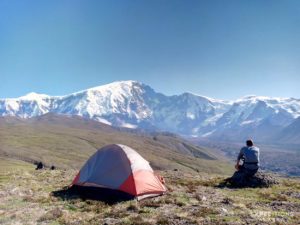
Hey Folks,
One question I receive at least a few times every year concerns hiking poles, or trekking poles, so I thought it might be a good choice to write about here on the blog.
In short, I can’t recommend hiking poles enough for anyone interested in doing some backpacking here in Alaska. I use one, a Leki Makalu that I’ve had for more years than I care to think about. And I bring it every time I’m backpacking in Alaska; every time.
Most folks, of course, use 2, and I think that’s probably a sound way to go. I use one, and that’s what works for me. But 2 is probably a good call.
Hiking poles benefit you so much hiking off trail, which is what most Alaska backcountry travel is. Science Daily had a great article recently about this. — “trekking-poles help hikers maintain muscle function while significantly reducing soreness in the days following a hike”.
I definitely find this to be the case; so much that I can’t remember the last time I did not take a hiking pole when I headed off. It’s a fundamental part of my gear now. From the article:
“The results showed that there was significantly less muscle soreness in the group using trekking poles. This group demonstrated a reduced loss of strength and a faster recovery immediately after the trek compared to the control group. Self-rated soreness peaked at 24-hours in both groups but was significantly lower in the trekking-pole group, both at this point and at the 48-hour point. In addition, levels of the enzyme creatine kinase (which indicates muscle damage) were much higher at the 24-hour point in the non-pole group, while the trekking-pole group’s levels were close to the pre-trekking levels. This shows that the muscle damage they were experiencing was negligible.”
and it only gets better:
” the combined benefits of using trekking poles in reducing load to the lower limbs, increasing stability and reducing muscle damage could also help avoid injury on subsequent days trekking. It is often the reduced reaction time and position sense, associated with damaged muscles that cause the falls and trips that can lead to further injury in mountainous or uneven terrain.”
What I see with people on trips is the vastly improved balance and confidence on uneven terrain. Hiking poles are inestimably useful on boulder fields, such as moraine and talus slopes, or crossing steep scree slopes. River crossings are much improved. Simply traversing a hillside, the ground covered in wet grass, where you can’t see the footing clearly, can be extremely dodgy with a 40-50 pound backpack on; those hiking poles give you an extra contact with the ground, and much greater stability. Your hike will be much more fun. So take the load off, and grab yourself some.
Don’t skimp; hiking poles DO break, so a good solid pole, like Leki’s Makalu or Black Diamond’s Trail trekking pole are great. I like the Black Diamond pole with their fliplock mechanism. I tend to NOT view the hiking pole as a place to look to save weight; so don’t skimp on a cheap pole, and I’d advise against one of the most ultralite poles you can find; as a general rule, ultralite = flimsy. Buy something sturdy.
I don’t find the ‘trail shock’ component to be too terribly beneficial, but they can be nice. That’s mostly a function of personal preference, in my opinion. Either way should be fine there.
So take this as not just my opinion, but scientifically backed recommendation; bring your hiking poles. You’ll be glad you did.
Cheers
Carl
PS: Added. Here’s another GREAT reason to carry a hiking pole. Air guitar.



